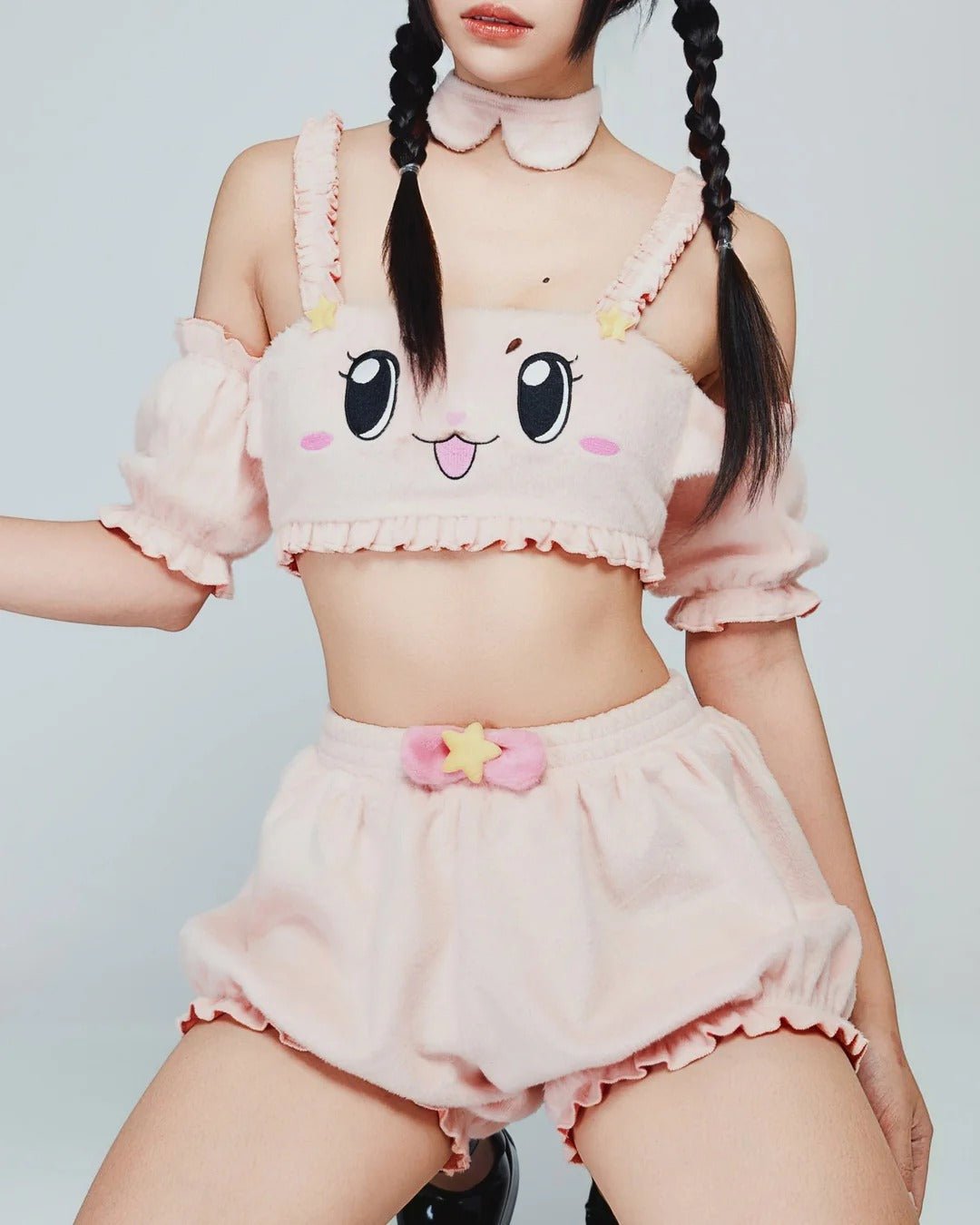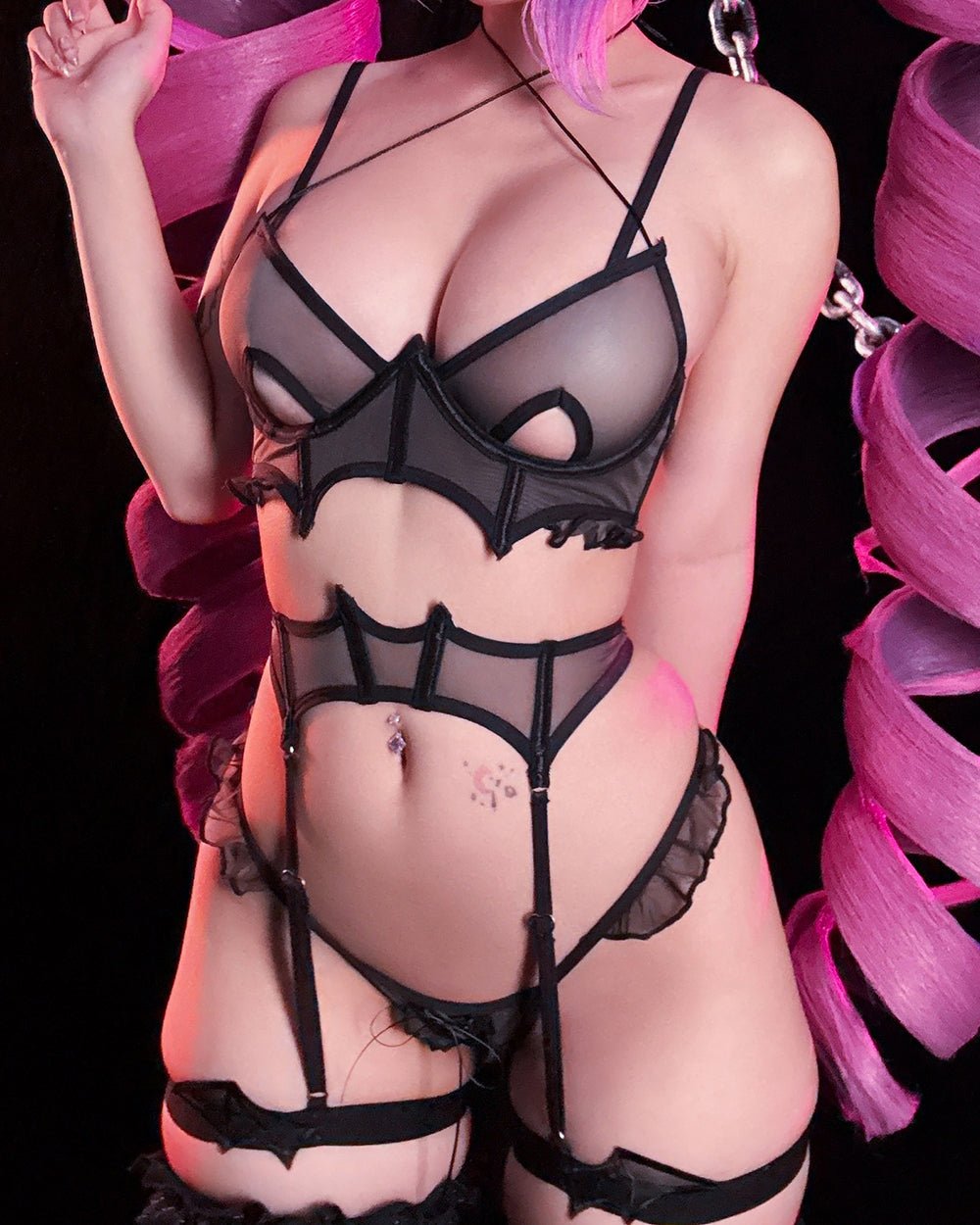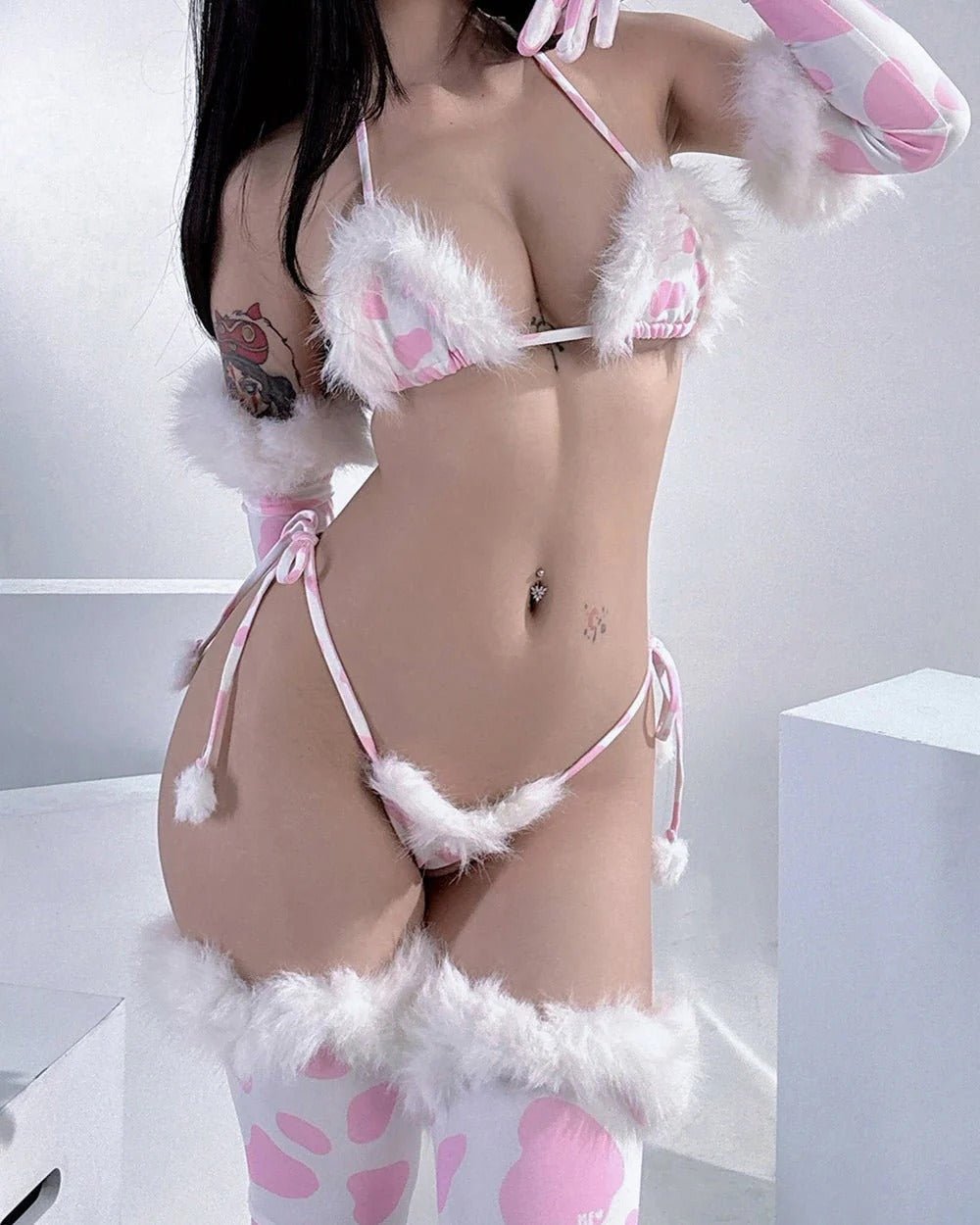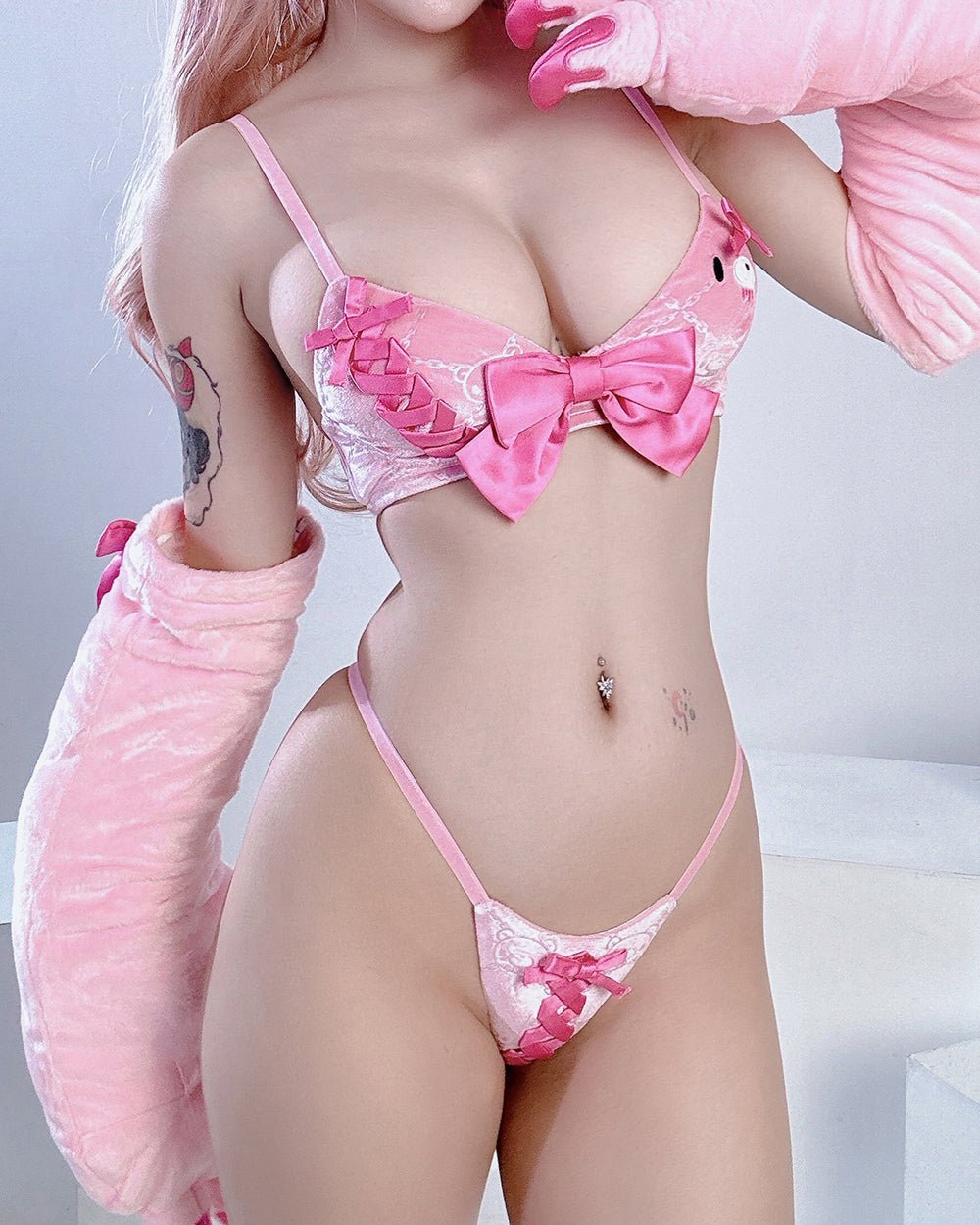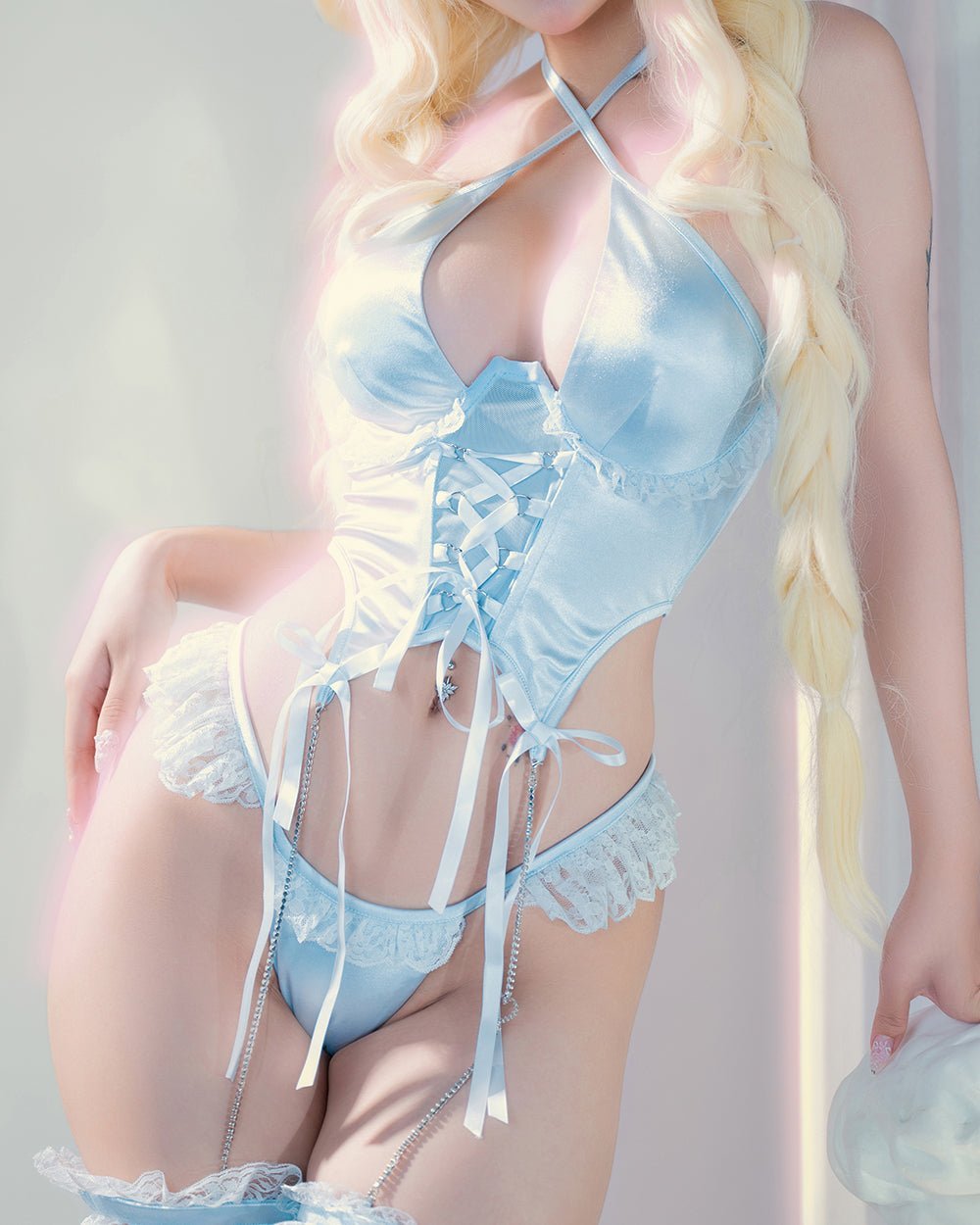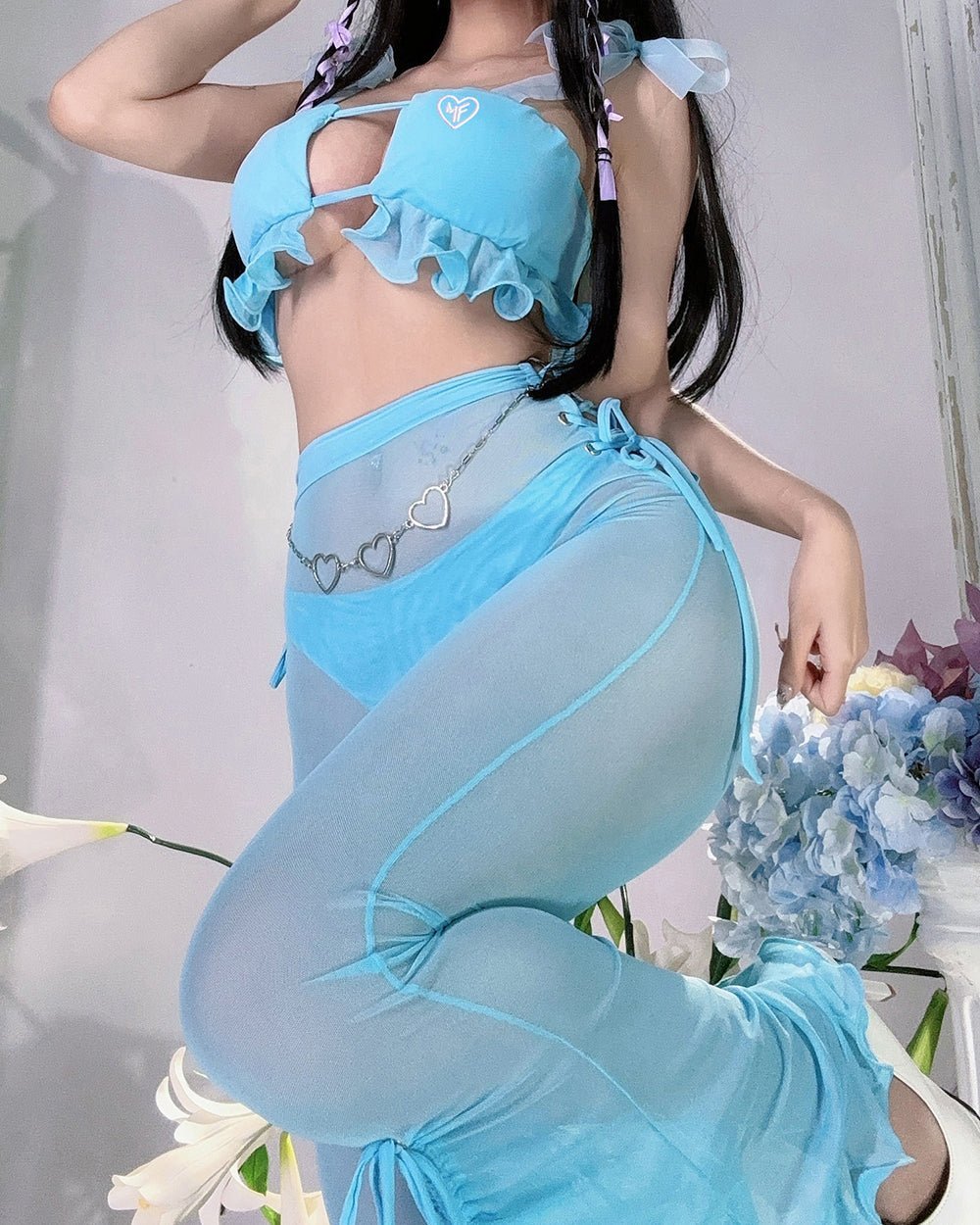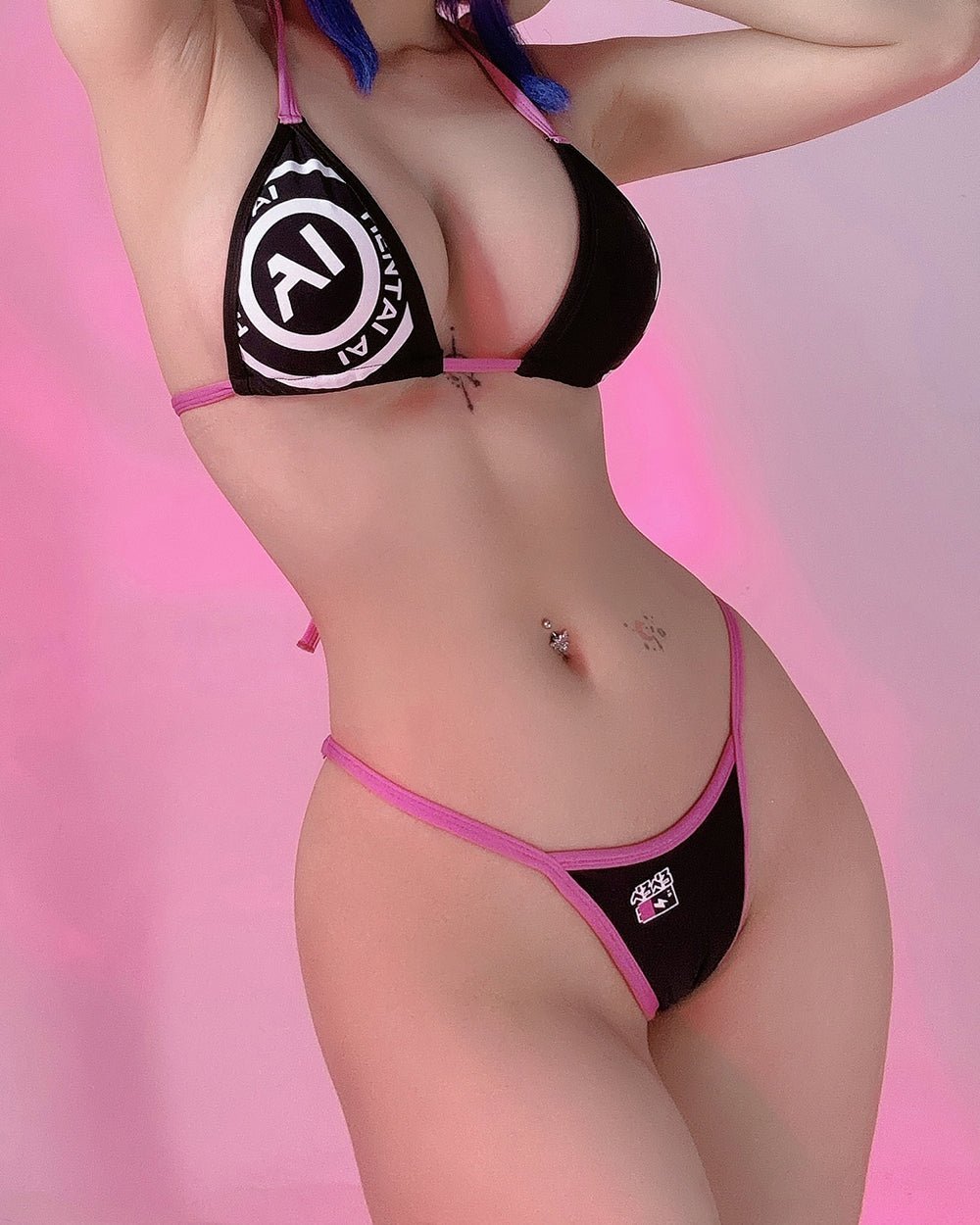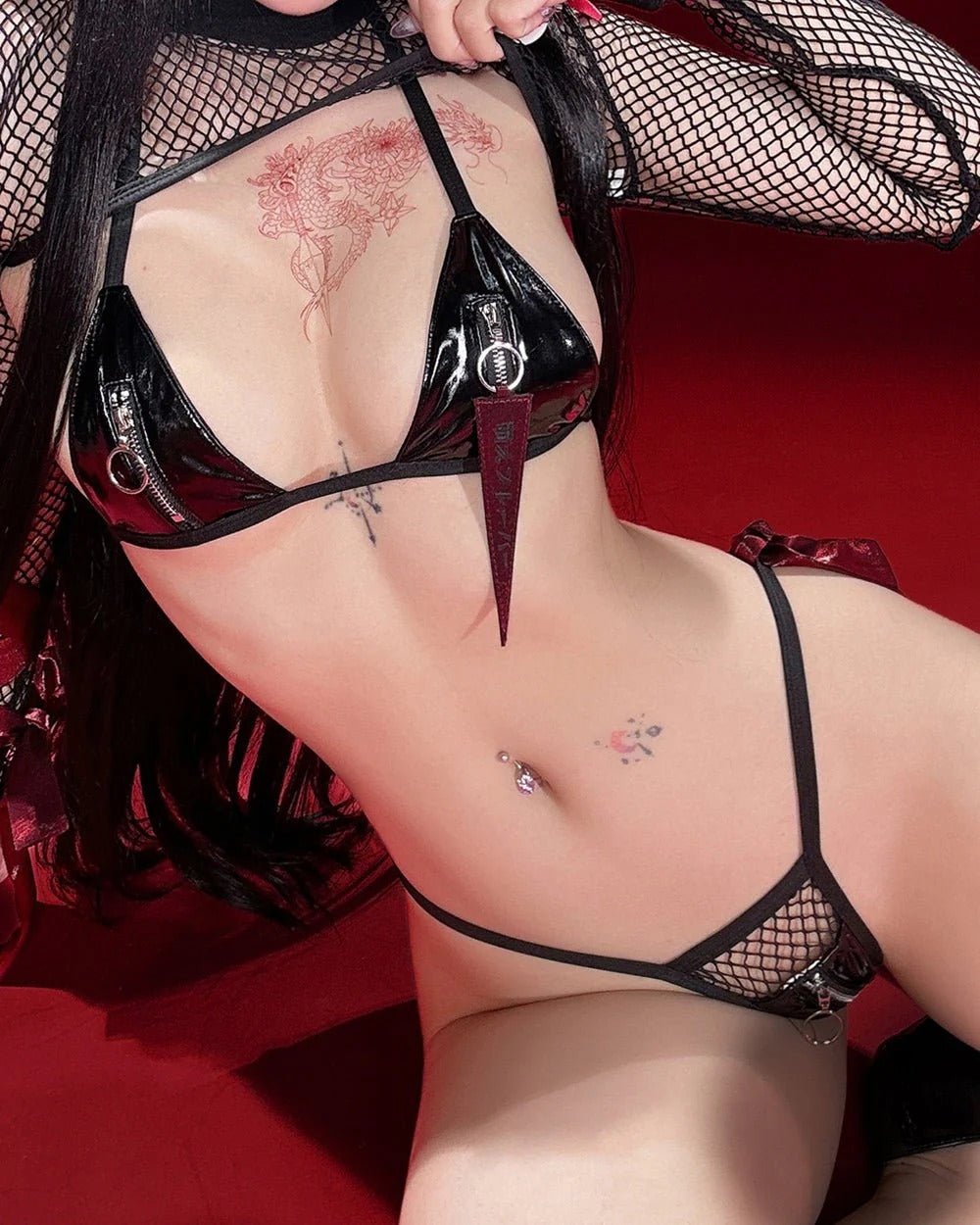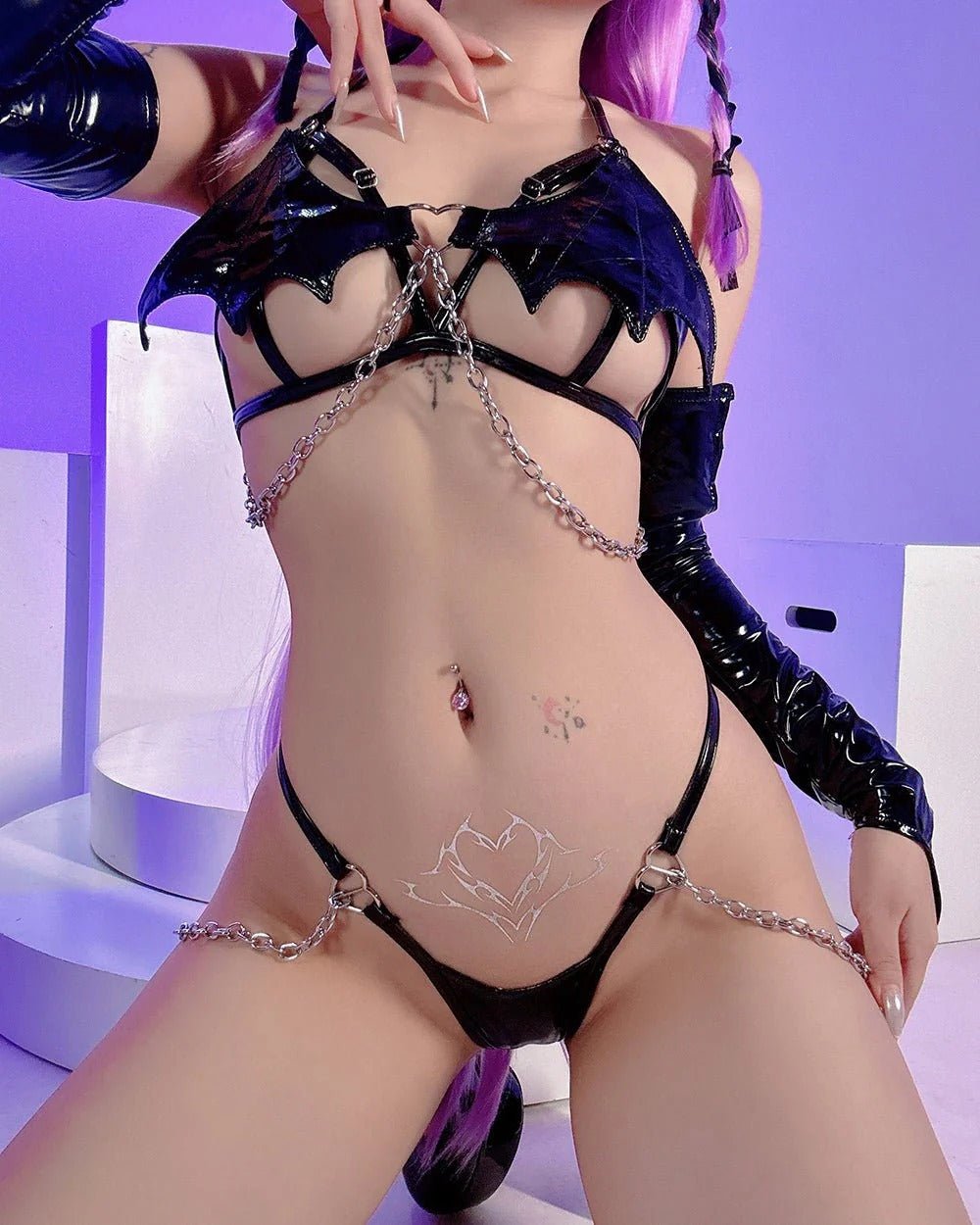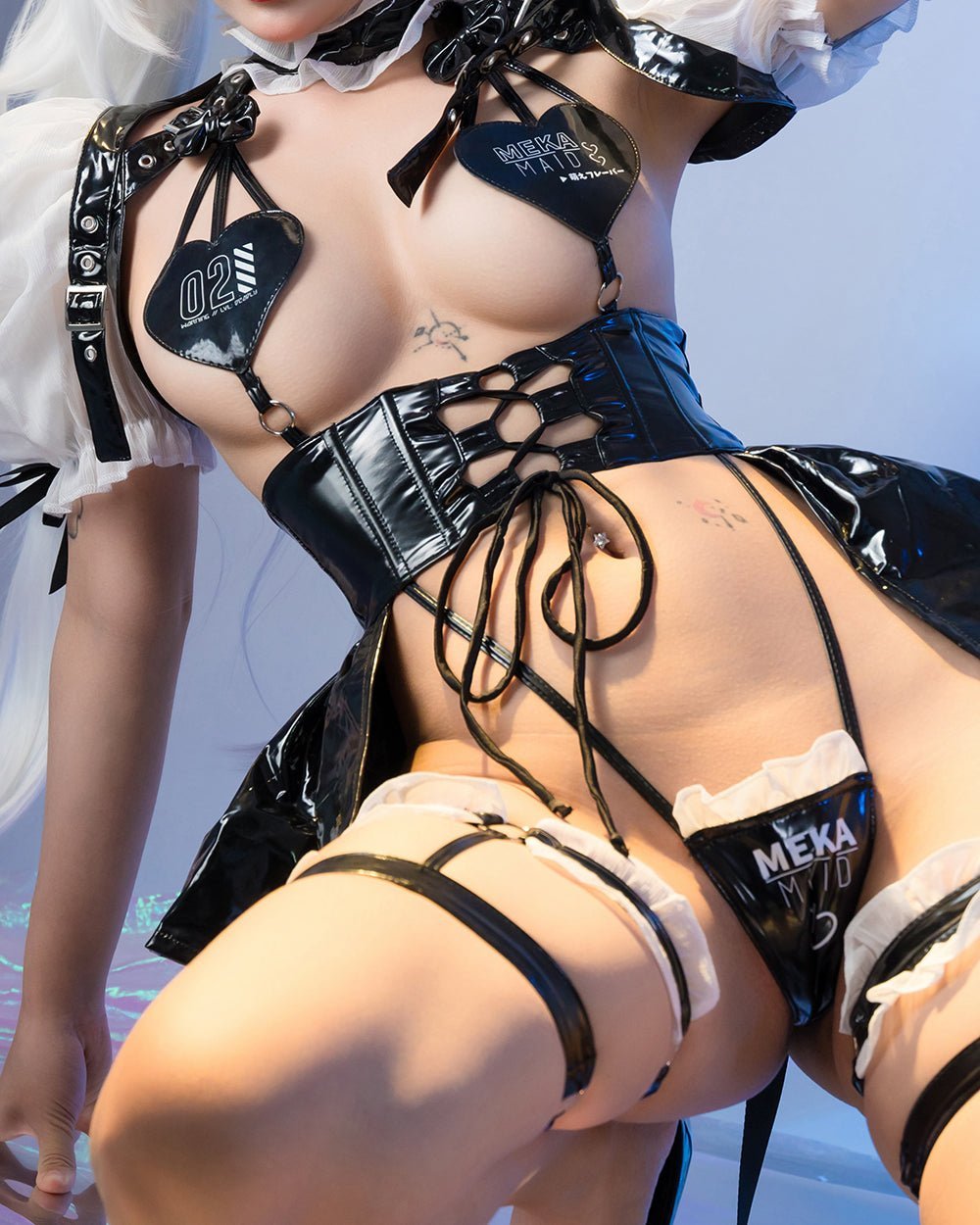Harajuku Style: Fashion in Harajuku District, Tokyo
When you think of Harajuku style, the first thing to come to mind might be eccentric fashion choices — but there’s so much more to Harajuku style than what meets the eye. It’s a bold fashion statement with plenty of history and meaning behind it.
Let’s dig a little more into what Harajuku style is, where it came from, and what it looks like in Tokyo street style and beyond.
What Is Harajuku?
The name Harajuku comes from a district in Tokyo. The Harajuku district is a larger neighborhood in Tokyo known for its urban fashion.
If you want to experience this culture fully, then you need to visit Takeshita street. Here, you’ll stumble upon seemingly endless rows of clothing shops that embrace Harajuku fashion, food stands, cafes, thrift shops, and more. In these clothing shops, you can find everything you’ll need to rock any Harajuku substyle.
Not many people may know this, but the Harajuku district is actually the origin place of kawaii culture. This Japanese street fashion style that embodies all things cute and feminine has influenced fashion all over the globe and contributes to Harajuku’s reputation as the birthplace of adorable fashion trends.
Harajuku style doesn’t necessarily refer to one specific way of dressing. There are a handful of different styles of dress within Harajuku style, including Kogal, retro, Cosplay, Decora, sweet Lolita fashion, Goth (and gothic Lolita), steampunk, victorian, grunge, and more.
What Is the History of Harajuku Style?
This fashion movement really started to make waves in the ‘80s and kept on that upward trajectory through the early 2000s. It began as a rebellion against the strict societal norms that were ingrained in Japanese culture — and still are, to some degree.
Women decided to voice their objection to those standards through outspoken fashion statements that tended to oppose what was considered appropriate dress in Tokyo at the time. These outfits were often inspired by indie and hip-hop music, which were on the minds of millions of young Japanese people at the turn of the millennium.
That’s why Harajuku style is bigger than just one way of dressing; it embodies freedom of expression and a departure from the norm.
FRUiTS Magazine
The Harajuku movement became popular with the help of FRUiTS magazine. This magazine launched in 1997 and focused on capturing the looks that you could find fashion-forward Tokyo locals wearing in the streets of Harajuku.
Founder Shoichi Aoki is a photographer with a passion for documenting bold fashion trends. He decided to use that passion to put together a magazine that showed the heart of Harajuku’s style. That way, the individuality and freedom of expression of their subculture could be on display throughout Japan.
The fashion statements seen in FRUiTS were so thought-provoking that the magazine’s reach expanded beyond Japan into other countries, spreading Harajuku style across the globe.
FRUits stopped publishing new issues in the late 2010s, but its influence has never faltered. Shoichi Aoki has created his own FRUiTS magazine Instagram to keep publishing current fashion trends in Tokyo, keeping the spirit of the magazine alive.
What Does Harajuku Style Look Like?
As we mentioned earlier, Harajuku encompasses a range of styles that symbolize individuality. Still, there is one common thread you can find within Harajuku street style’s many themes: a combination of different trends meshed into one look.
It’s typical for the locals in this trendy district to take traditional looks from Japanese culture and combine them with trends from Western culture. For example, you can find many women wearing kimonos apparel that originated in Japanese culture styled in a way that reflects Western individuality.
While all Harajuku styles embody this theme of innovation, there are many substyles with their own distinct traits. There are more of these subgroups than we can cover, but we’ll talk about some of the more popular ones that you’re bound to fall in love with — and maybe even want to incorporate into your own wardrobe.
Kogal
Kogal (or ko-gyaru) screams Japanese fashion with its resemblance to the country’s anime characters. These looks are typically similar to what Western fashion might dub “dark academia.”
Usually, that includes short skirts (sometimes pleated and with a plaid design), button-down shirts, ties that match their skirt, and knee-high or thigh-high socks. It’s also common for women to wear large sweaters or cardigans over their collared shirts.
Cosplay
Cosplay is likely the Harajuku style that is most known across the world. People who cosplay are essentially dressing up as characters from anime, manga, and video games they enjoy.
It’s common for people from all over the globe to cosplay for events like Halloween, conventions, and themed parties. The Harajuku district is one of the only places where you can easily find people dressed in this style any day of the week.
While cosplay has its origins in Japanese characters, today’s cosplayers also incorporate global characters into their fashion statements, such as DC and Marvel heroes, Harry Potter wizards, and much more. You can even find cosplay lingerie right here at MoeFlavor! However, the Harajuku district will still consist of cosplay that’s more reflective of Japanese culture.
Cosplay is more than just recreating a character’s outfit. Lots of women will use makeup to help them look even more like their characters. Some even wear wigs if their own hair is too different from their character.
Decora
Decora style centers around cuteness and vibrant colors. People tend to associate Decora with kawaii culture, but there are a couple of differences between the two. Kawaii usually involves softer colors like pastels and is more often seen outside of the Harajuku district.
That said, there’s a ton they have in common. The most notable similarity between the two is their playfulness. Women that dress in Decora have a sense of wonderment that sets this substyle apart from the others.
Another factor that distinguishes Decora from its sister styles is its abundant use of accessories. You can find girls wearing themed t-shirts with their favorite cartoon characters coupled with fandom buttons, ribbons, socks, and other articles that match their character theme.
As far as makeup goes, Decora women center their looks around the same idea of cuteness. That means bright, fun colors, glitter, and even stickers they’ll stick onto their face and around their body. Of course, hairstyles include bright colors, too.
To Sum It All Up
There are so many substyles of Harajuku, and we could spend countless articles talking about what makes each unique and how it represents Tokyo’s unique culture. Still, we can sum up the fashion in the Harajuku district by saying that it’s about taking what you love from Japan’s modern culture and expressing it as wildly and unashamedly as you’d like. This beloved style is just the medium the women of Harajuku use to be confident in who they are — and you can use it, too.
Sources:
FRUiTS magazine and the birth of Harajuku street style | NSSMag
